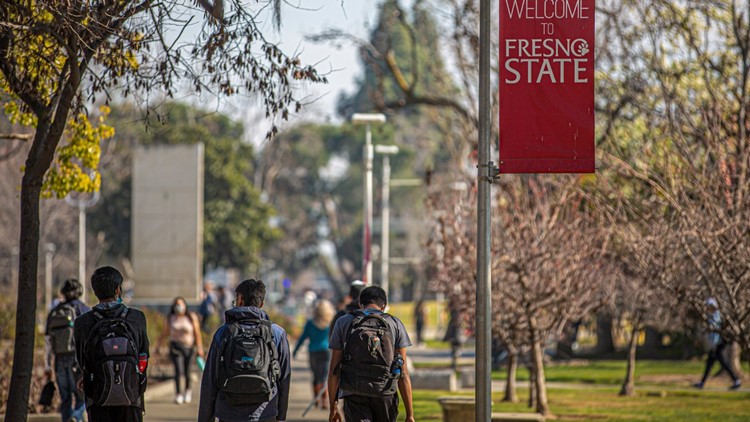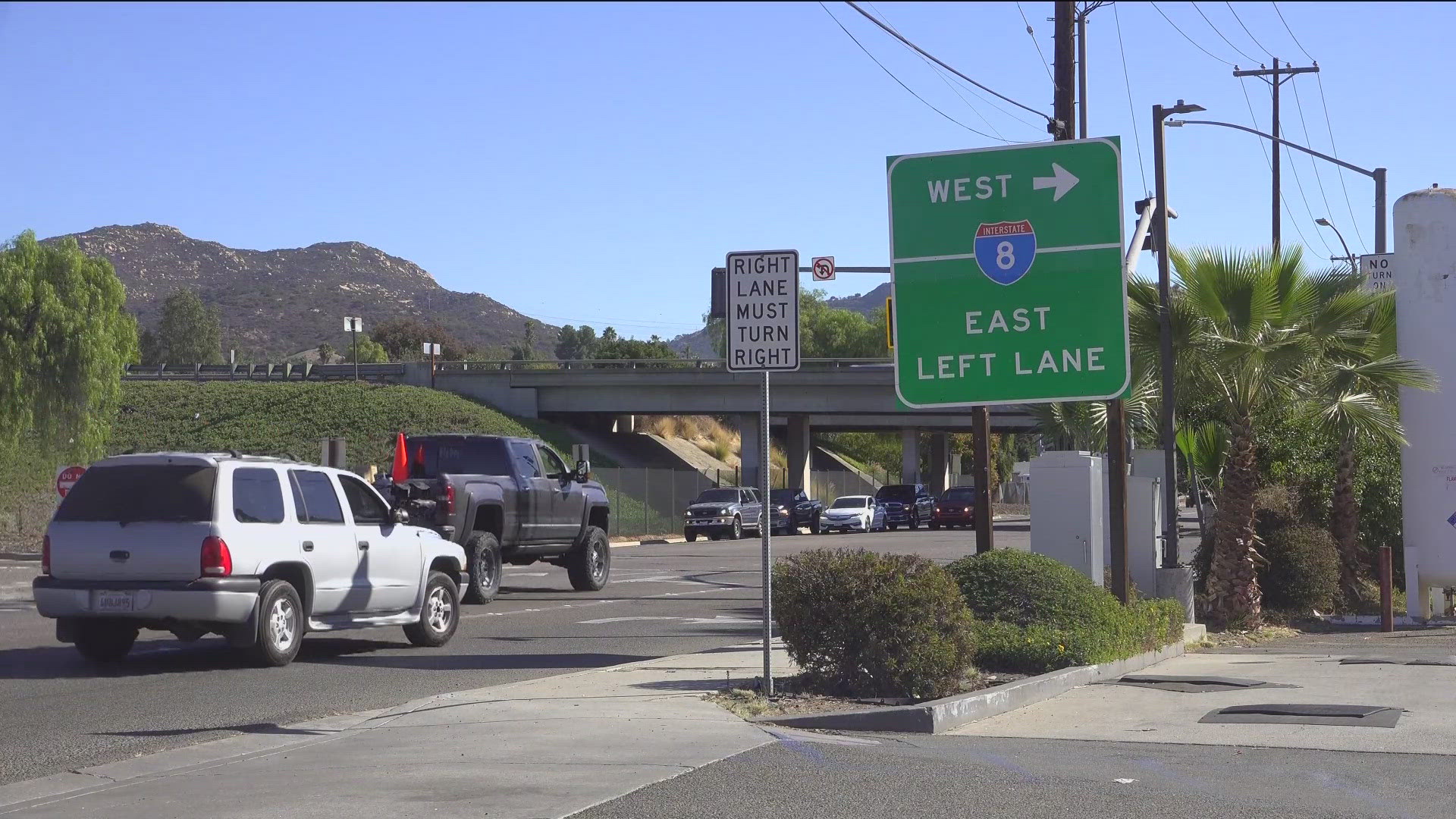CALIFORNIA, USA — This story was originally published by CalMatters.
After the California State University system realized it misread the fine print for a new state grant to build affordable student housing, officials went back to the drawing board, ran new numbers, and told lawmakers they have a plan to develop more discounted student homes.
The application do-over means as many as 800 more Cal State students — for a total of nearly 3,400 — may soon see heavily subsidized housing slots at a time when tens of thousands of California students are facing a dire housing crunch. The proposed housing projects would also cost the state less than what the Cal States put forth last fall — a rare instance of spending less to gain more in higher education.
The Cal State system submitted its revised plans to the governor’s office for approval in late January, two months after a 2021 CalMatters report found that the system needlessly proposed fewer affordable beds.
In its initial application to claim a portion of the $2 billion Gov. Gavin Newsom set aside for student housing, Cal State incorrectly assumed that it could use that money — and only that money — to build affordable units for low-income students.
As CalMatters reported and Cal State officials later acknowledged, rules governing the grant program allowed Cal State to combine state money with outside funds. Typically, campuses build housing by borrowing money. The state grant can serve as a large down payment on that student housing mortgage. Using a mix of funds allows campuses to build more units and take out less debt than they would have otherwise, savings that are then passed onto students. It’s an approach that several University of California campuses originally sought.
Cal State’s revised plans call for $823 million in total funding for housing projects across 10 campuses — with $535 million of that money coming from the new state housing grant and the rest from outside funds.
That $535 million amount is important. By the rules of the grant, the Cal States get $600 million over the three-year life of the grant program — assuming lawmakers and the governor follow through with their promise to fully fund the program.
The Cal State system’s original proposal sought $773 million in proposals — all from the grant. So even though that original slate of plans had more affordable beds listed, not all could have been built.
The math includes a lot of moving parts but it rests on the average cost to build a bed — a whopping $225,000 for Cal States and $240,000 for the UCs, based on grant project data the systems submitted.
How the grant language defines an “affordable” bed varies by campus, but the rents can’t exceed 33% of a county’s typical wage for a low-income person. In Los Angeles and San Diego, that means rents of roughly $700 to $800 a month. At UC Berkeley, it’s closer to $1,100 a month.
However the math works out, the state needs more affordable beds for students. Numerous California public universities report long waiting lists of students seeking campus housing. San Francisco State writes in its grant application that it has space for 4,000 student beds but in recent years has had a waitlist of 2,000 students seeking housing. Other research suggests tens of thousands of college students struggle with unstable housing situations and experience homelessness.
At the same time, campuses are in the midst of a building spree, though student housing rents can still be high. Meanwhile, lawmakers are pressuring the UC and Cal State systems to expand their enrollments, which will require more student housing. Several UC campuses technically house more students than they have beds for those students.
While the Cal States stretched their grant money further, they’re still proposing to pay for most of the affordable housing units with state grant money. Had the university system proposed using an equal amount of money from the state grant and from outside resources, campuses could build another 1,100 affordable beds, said Cal State trustee Jack McGrory, a San Diego-based developer. He crunched the numbers for CalMatters with a formula other developers use.
But a financing model that uses less state grant money would have been too expensive for the campuses, wrote Toni Molle, a spokesperson for the system. “Projects would not have been financially viable at higher levels of debt co-funding,” she wrote in an email.
“I'm not going to second-guess that,” said McGrory, who shared his calculations with CalMatters after Molle’s reply. He added that as a private developer, he tries to spend no more than half of his own funds for projects, but that affordable housing requires a different calculus because there’s less rental revenue to pay back the debt.
Still, one University of California campus seeking this grant money did propose using a lot more debt to build affordable beds. As one option, UC San Diego wants to use $100 million in new state grant funding to develop 1,100 ultra-affordable units for students as part of a $365 million project. No other campus at either public university system in California comes anywhere close to building that many beds. An alternative UC San Diego plan would create just 390 affordable beds but charge incredibly low rents of $418 a month.
Other UC projects hover around 300 affordable beds, on average. The same goes for Cal State’s 10 projects, with San Francisco State proposing the most in that system — 750 affordable beds.
That makes sense given how much experience UC San Diego has with student housing construction, said Paavo Monkkonen, an urban planning professor at UCLA.
The UC’s house roughly a third of their students while the Cal State system houses less than 15% of theirs, according to a 2021 Legislative Analyst’s Office report.
There’s no obligation for campuses to use a certain percentage of debt to finance their affordable housing projects, said Rebecca Kirk, an official within the governor’s Department of Finance, which is the office responsible for reviewing the campus housing grant proposals. It’s supposed to submit its recommendations to lawmakers March 1. Construction on these projects could start as early as Dec. 31, 2022.
Looking ahead, Monkkonen said the state should better coordinate the student housing construction efforts of California’s public colleges and universities to share financing and other ideas.
“This is a very obvious place for knowledge sharing,” he said. “We're all on the same team.”



